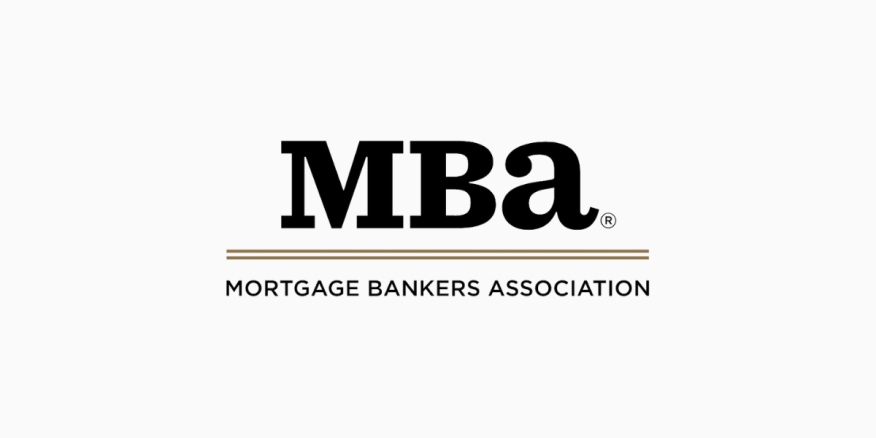
Homebuyer Affordability Drops With Jump In Monthly Payments

The national median payment applied for by applicants jumped 8.8% in April to $1,889 from $1,736 in March.
- The top five states with the highest PAPI were: Idaho, Nevada, Arizona, California and Utah.
- The top five states with the lowest PAPI were: Washington, D.C., Connecticut, Louisiana, Alaska and Wyoming.
- Homebuyer affordability decreased for Black, Hispanic and white households.
Homebuyer affordability decreased again in April, continuing a trend for 2022 with a significant increase in monthly mortgage costs for purchase applications.
According to the Mortgage Bankers Association’s monthly Purchase Application Payment Index (PAPI), the national median payment applied for by applicants jumped 8.8% in April to $1,889 from $1,736 in March. The median payment applied for was $1,653 in February and $1,320 in April of last year.
The index measures how new monthly mortgage payments vary across time – relative to income.
“Rapid home-price growth, low inventory, and an 80-basis-point surge in mortgage rates slowed purchase applications in April, with the typical borrower’s principal and interest payment increasing $153 from March and $569 from a year ago,” said Edward Seiler, MBA's associate vice president of housing economics, and executive director of the Research Institute for Housing America. “Despite strong employment and wage growth, housing affordability has worsened since the start of the year. Mortgage payments are taking up a larger share of homebuyers’ incomes, and sky-high inflation is making it more difficult for some would-be buyers to save for a down payment or come up with the additional cash they need to afford a higher monthly payment.”
Seiler added that the MBA’s updated forecast calls for mortgage rates to remain above 5% for most of this year, but prospective homebuyers should start to see moderation from the double-digit price appreciation reported for well over a year in most of the country.
According to the MBA, an increase in the PAPI is indicative of declining borrower affordability conditions and means that the mortgage payment-to-income ratio (PIR) is higher due to increasing application loan amounts, rising mortgage rates, or a decrease in earnings. A decrease is indicative of improving borrower affordability conditions and occurs when loan application amounts decrease, mortgage rates decrease, or earnings increase.
Other highlights include:
• The national median mortgage payment for FHA loan applicants was $1,374 in April, up from $1,254 in March and $1,000 in April 2021.
• The national median mortgage payment for conventional loan applicants was $1,967 in April, up from $1,819 in March and $1,388 in April 2021.
• The top five states with the highest PAPI were: Idaho, Nevada, Arizona, California and Utah.
• The top five locations with the lowest PAPI were: Washington, D.C., Connecticut, Louisiana, Alaska and Wyoming.
• Homebuyer affordability decreased for Black, Hispanic and white households.




